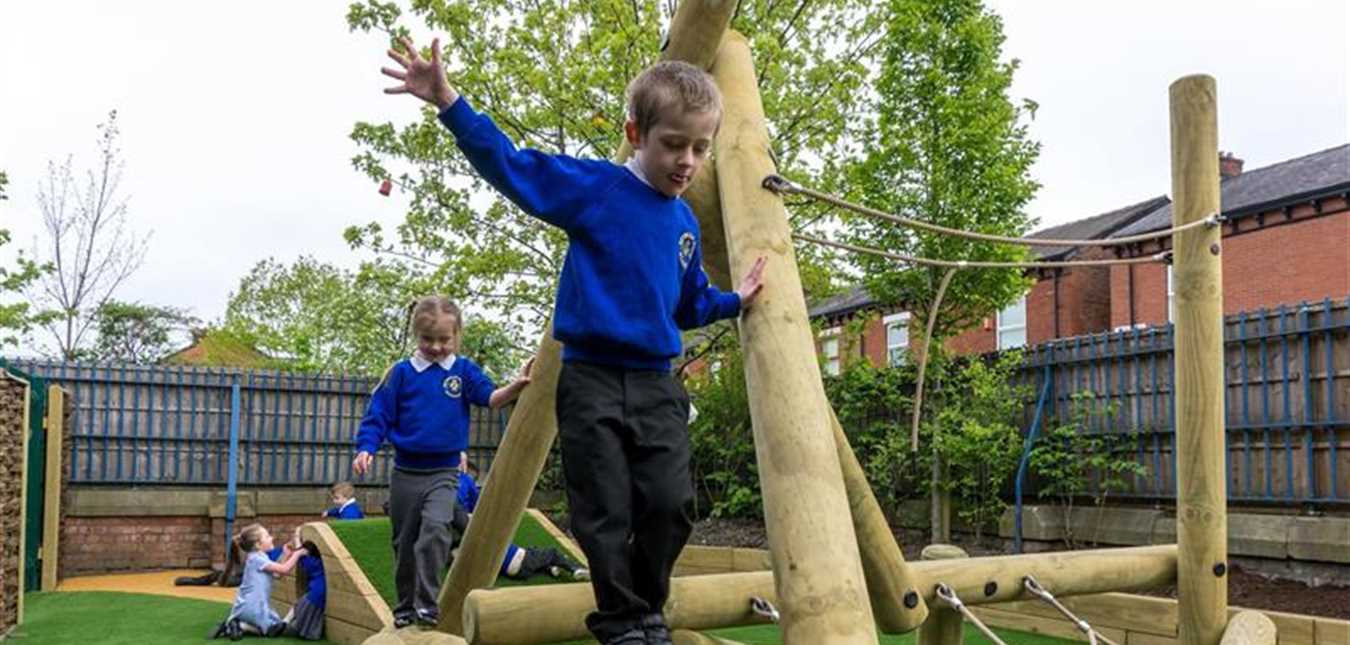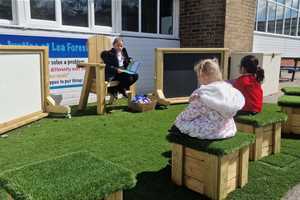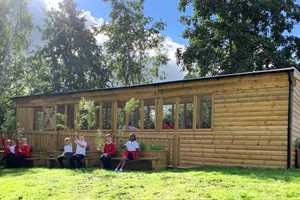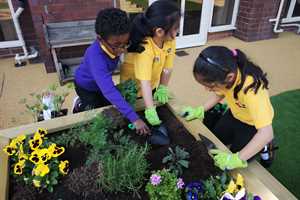
Outdoor Learning and Play
Outdoor play is the key to improving children's growth mindset
“I’ve missed over 9,000 shots in my career. I’ve lost almost 300 games. 26 times I’ve been trusted with taking the game winning shot…and missed. I’ve failed over and over again in my life. And that is why I succeed."
- Michael Jordan, acclaimed greatest basketball player of all time, and a legend for turning failure into success
Michael Jordan will not have known anything of Growth Mindset when he finally made the junior varsity team and went on to popularise the NBA around the world in the 1980s and 1990s.
Not least because the theory had not even been discovered back then. But his attitude towards his sport, his determination and belief that he could achieve through perseverance embodies the concept beautifully.
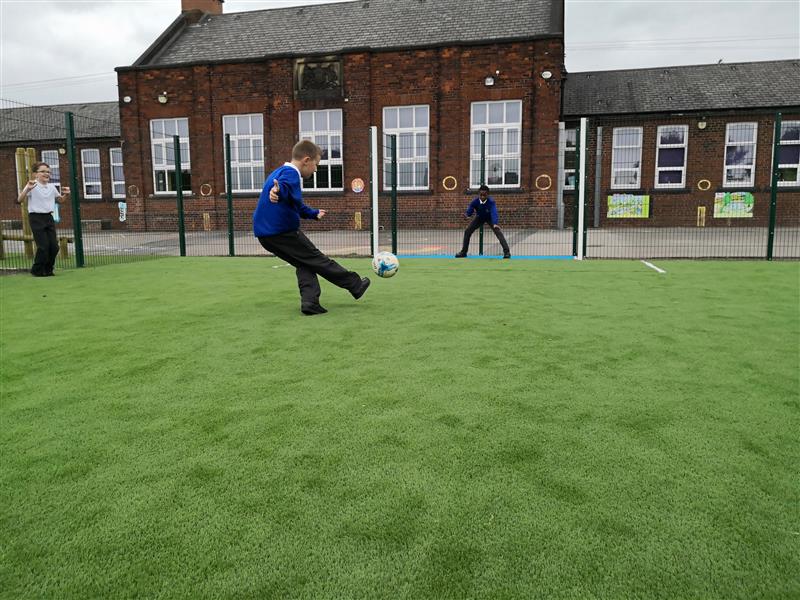
Practicing a Growth Mindset is something that has really taken off in schools in more recent years and is having a hugely positive impact on attitudes towards learning.
The theory that intelligence can be developed rather than being set in stone is perhaps currently the most popular psychological theory in education.
So what exactly is a Growth Mindset and what has outdoor play got to do with it?
It is “the belief that you can develop your talents and abilities through hard work, good strategies, and help from others. It stands in opposition to a fixed mindset, which is the belief that talents and abilities are unalterable traits, ones that can never be improved.”
The concept was developed by world-renowned Stanford University Psychologist Carol Dweck. She explains:
“We found that students’ mindsets—how they perceive their abilities—played a key role in their motivation and achievement, and we found that if we changed students’ mindsets, we could boost their achievement.
More precisely, students who believed their intelligence could be developed (a growth mindset) outperformed those who believed their intelligence was fixed (a fixed mindset). And when students learned through a structured program that they could “grow their brains” and increase their intellectual abilities, they did better.
Finally, we found that having children focus on the process that leads to learning (like hard work or trying new strategies) could foster a growth mindset and its benefits."
Outdoor play and outdoor learning activities are ideal for helping children to discover, understand and practise developing a Growth Mindset. They can help children to make the transition from “I just can’t do it” to “I can’t do it yet, but I can learn and improve if I persevere.”
Ask your class to give examples of when they have stuck to a challenging task in order to achieve something they really value. Chances are that many of their responses (ok, ruling out the inevitable number of levels completed on a favourite computer game) will involve outdoor activities in one way or another.
Learning to ride a bike or a scooter are regular examples.
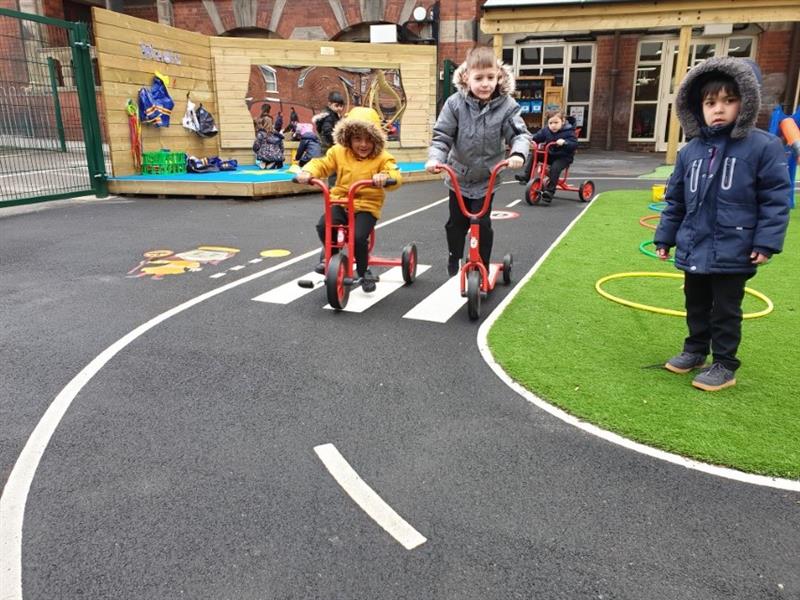
Overcoming challenging physical outdoor activities in particular illustrates the importance, the need for, and the benefits of a Growth Mindset.
It could be something as straightforward as learning how to throw a ball up into a net to score a goal, reaching the top of a climbing wall, building a den that stands strong as part of a collaborative team, or watching a spring garden come into bloom after all the hard work of planting the bulbs on a cold and wet winter’s day.
Any of these activities might, in the face of it, seem difficult, unachievable, impossible or too intimidating to a child at first. It’s highly unlikely that they will score a goal on a first attempt and without practice. But the look on their faces when they give it a go, when they miss, but they keep trying and they get there.
The delight in seeing the bulbs come to life after having waited for so long for them to appear out of the soil. It’s wonderfully exhilarating!
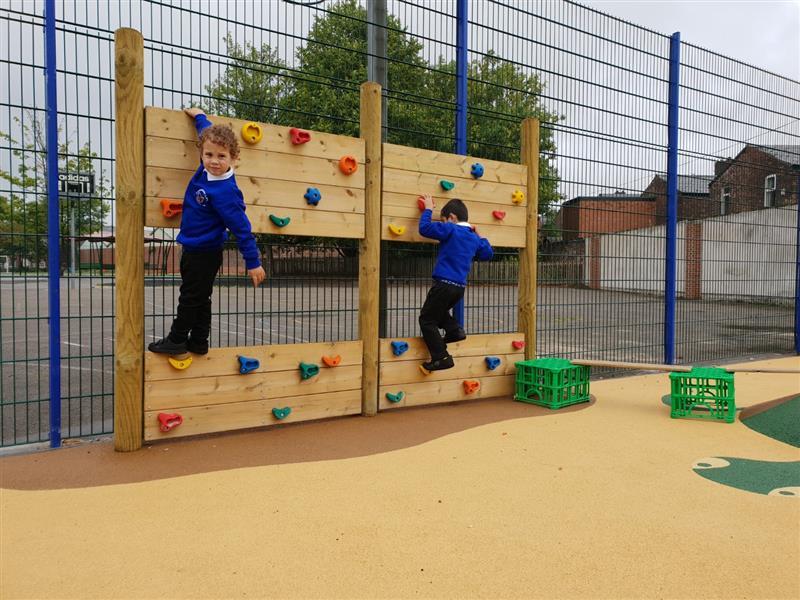
This approach, this joy in persevering to achieve and believing in themselves, can well be transferred back to the classroom and to more long term goals if it becomes part of a child’s way of thinking.
The same applies for more traditionally academic subjects. Take them outside and they become hands-on and relevant.
Outdoor learning is not an extra subject to fit in along with everything else. It’s a fantastic way of teaching the curriculum in a new, open and enriching environment.
Many learning objectives can be achieved outdoors: making the most of ‘real-life’ learning environments where a growth mindset can be properly fostered. STEAM Learning Activities such as building and directing flow on a Water Wall, operating a rope and pulley system or weighing and manoeuvering materials, for example.
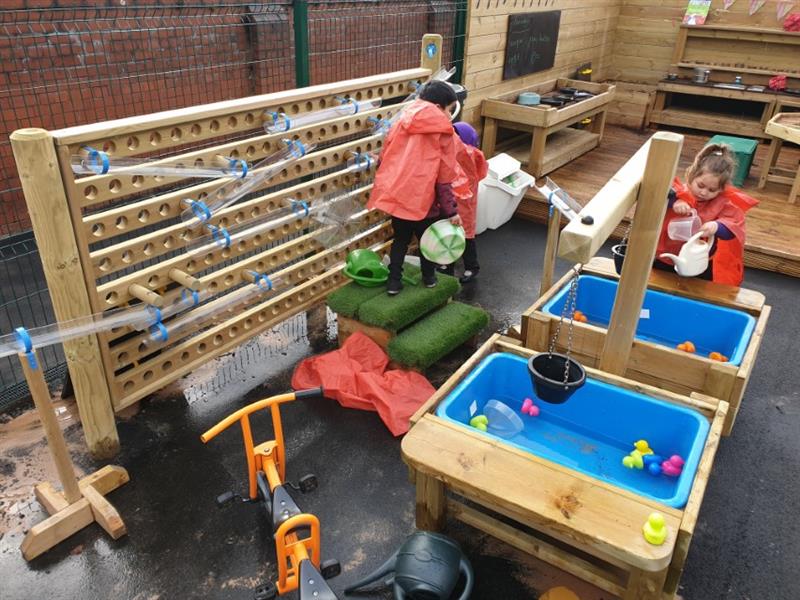
It’s all about trial and error. Physical, experiential learning, where children get to see in front of own their eyes how their attitude towards a task can influence the outcome. With a bit of experimentation, they will get there.
Initial failure is good! It shows children that they haven’t done it correctly yet, but approach something from a different angle, keep trying, and the outcome changes. These kind of skills come with effort and with practice.
Once children have a grasp of this concept, you can easily draw parallels back inside the classroom. Somehow, everything seems infinitely more achievable because children understand how to approach challenges with a “can-do” attitude.

The important thing is to use these examples to try to help students to understand how their mindsets can affect the way they feel and the way they behave and that this directly affects the outcome of any particular task.
If a child expresses doubt or worry about an outdoor learning activity, encourage them (without forcing, it has to come from them) to have a go and ensure them that they have your support and/or that of their peers.
When they inevitably later achieve their goal, or even a part of it that they didn’t expect to, refer back to and review their initial doubt. It will help them to realise that they really are capable of adopting a growth mindset and it will help them in many other areas of their life.
As part of all of your outdoor learning activities, it’s a good idea to make it a priority for your class to keep a written record of their failures and successes, detailing trials and errors, to reflect upon.
Ask them to model examples of how mistakes have been helpful, for example, “At first, my den collapsed because the foundations weren’t strong enough. This mistake was helpful to me because it taught me how material properties and weight impact the design, and how to distribute weighted materials.”
Self awareness in this sense will help children to develop new ways of thinking in line with a growth mindset, and will support them to have confidence in taking on new challenges.
Outdoor learning is well known for the way it improves a child’s motivation to learn.
Time outdoors helps to relieve anxieties and tensions for children and teachers alike. In this positive frame of mind, where children are more open and responsive, outdoor learning engages children in skills which might otherwise be redundant sat at their desks.
They learn to believe that they can succeed - even if they might initially struggle - and that their ability and their competence will grow with their effort.
Whether they want to become world champion basketball players or not!
At Pentagon Play, we design and install enthralling, interactive outdoor play and learning spaces for primary schools and nurseries, which can be used to help encourage children develop a growth mindset. You can view our full range of products.
If you are looking to develop or improve your school or nursery playground, please do not hesitate to Contact Us for a free consultation. Our team includes educational experts with first hand experience of teaching in an outdoor environment, who can ensure a best-fit for your school’s needs. Whether they want to become world champion basketball players or not!



